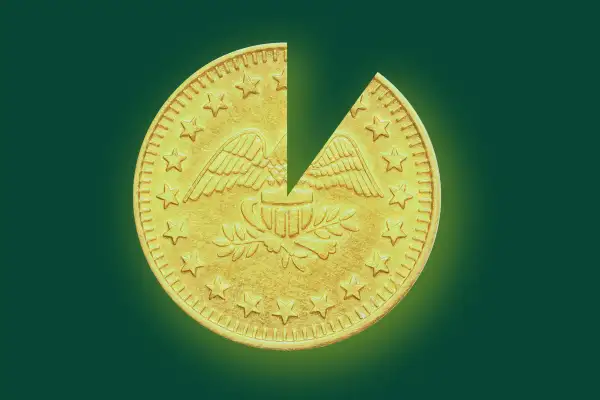You're Probably Terrified to Look at Your 401(k). Here's Why It Might Not Be as Bad as You Fear
Money is not a client of any investment adviser featured on this page. The information provided on this page is for educational purposes only and is not intended as investment advice. Money does not offer advisory services.

The first-quarter wasn't a lot of fun for 401(k) investors. But for many of us, it could have been a lot worse.
While the stock market finished the first three months of 2020 down 20% — and at one point was down by more than 30% — the median 401(k) retirement plan balance declined just 11.2%, according to a new report by fund researcher Morningstar Inc.
While a double-digit loss may still sting, remember the stock market returned more than 30% in 2019, so with luck a loss of that size could mean your 401(k) balance is merely back to where it was last summer or fall.
Morningstar, which looked at behavior of more than 600,000 retirement savers, said investors enjoyed relatively moderate declines — and set themselves up for an eventual recovery — in large part by relying on 401(k)s automated features such as target-date funds.
Here's what successful investors did:
They Kept Buying
Retirement plans like 401(k)s are designed to make saving automatic, with money deducted from your paycheck each month and directed (along with an employer match, if you're lucky) into stocks and bonds. The mechanism appears to have helped keep many investors' account balances from plunging, even as market declines meant steep investment losses.
While the median decline across accounts was just 11.2%, Morningstar found the median decline among investors who were not saving for retirement was 17.4%. At the same time, Morningstar said larger, more aggressively invested accounts tended to see biggest declines, while many smaller more conservative accounts actually saw increases. Naturally, the larger your account is relative to your salary, the less impact regular contributions will have on your overall balance.
Of course, stemming declines by adding new money to your accounts isn't the same as avoiding investment losses. But investors who continued to buy should be well served in the long run, since they've been buying shares at discount prices.
They Stayed Diversified
Many investors also benefited from having a healthy mix of stocks and bonds, such as those offered by target-date funds, many plans' default investments. While the stock market plunged, fixed-income provided a portfolio ballast.
Long-term government bonds surged 20%, Morningstar found. The Bloomberg Barclays Aggregate Bond Index, a benchmark that represents the bond market as a whole, finished the quarter up 3%.
Overall, investors with $100,000 to $250,000 401(k) balances, with 45% to 55% invested in stocks (typical for a near retiree in a target date fund), saw portfolios shrink by a median of 9.8%. Those with 75% to 90% in stocks saw typical declines of 16%.
They Didn't Trade
Morningstar said most 401(k) investors also helped themselves by sticking with a plan, with only about 6% of investors changing their stock-and-bond mix during the quarter. Again target-date funds, which allow savers to remain as hands-off as possible, seemed to help investors stay the course.
Fewer than 3% of investors in target-date funds made changes, while about 11% of those who direct their own investments did. Investors who did trade trimmed their stock exposure by about 19%.
Selling stocks does appear to have allowed investors who did so to trim their losses, if only slightly, in the short term. The average decline among these portfolios was 9.4%. But, of course, those investors also risk missing the rebound.
"Assuming you’re in a risk-appropriate, well-diversified portfolio the best approach is probably to hang tight," wrote Morningstar.
Most 401(k) investors did just that.
More from Money:
What's the Difference Between Mutual Funds, ETFs, and Index Funds?
30-Year Mortgage Rates Are Back Near Record Lows — For Some Borrowers

